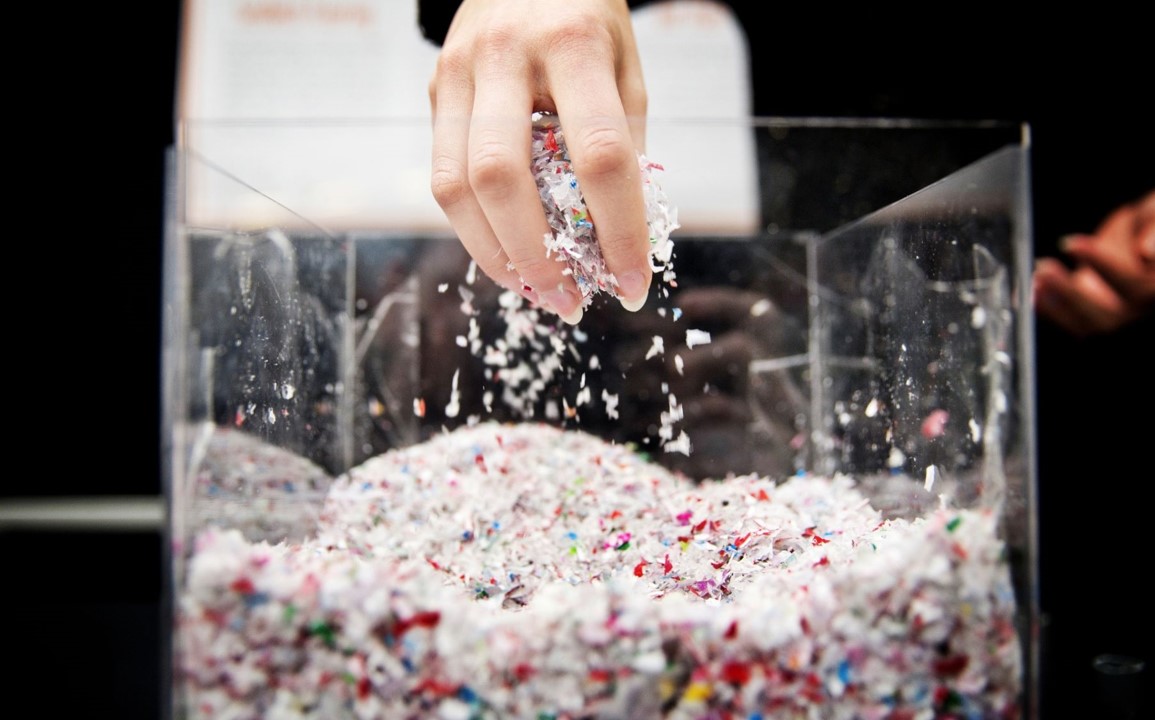Use of post-consumer recycled plastic
For whom: all Manufacturers, per production location, per packaging type
When: entry into force in 2030, more will be known in 2026
What does Verpact do: Verpact stimulates the market from collection to recycling of plastic packaging, in order to match supply and demand for post-consumer recyclate as closely as possible.

All plastics used in packaging (including laminate layers when this represents more than 5% of the weight) must be partly composed of post-consumer recyclate (PCR): recycled material derived from plastics that have been put on the market, collected and recycled (i.e. not production waste). The plastic waste that ultimately becomes PCR must be collected, sorted and recycled according to EU minimum requirements.
The PPWR stipulates that the following minimum percentages must be achieved by 2030, per Manufacturer, per production location, per year:
- PET for food and beverage bottles: 30% (note: a target of 25% already applies to PET beverage bottles in 2025, due to SUP legislation)
- Other plastics for food: 10%
- Other plastics: 35%
The Manufacturer is the company that produces packaging or a packaged product, or the one who commissions another party to produce packaging or a packaged product on their behalf.
Exception: if the plastic content is less than 5% of the total weight of the packaging, there are no mandatory minimums for the use of PCR.
Rules apply to all Manufacturers, both inside and outside the EU, whose packaging ends up on the EU market.
The rules for calculating PCR will follow in 2026 through so-called secondary legislation. This may be accompanied by rules that oblige the manufacturer to demonstrate that the recycled material actually originates from plastic that was put on the market, collected and recycled. Perhaps alignment can be sought with current PCR certification, with special attention to implementation outside the EU.
Rates may be differentiated based on the use of PCR.